Real name and nick name Jinx, aka Jinxy. Favourite thing to do on the farm? …
Wild dog fence saves endangered quolls
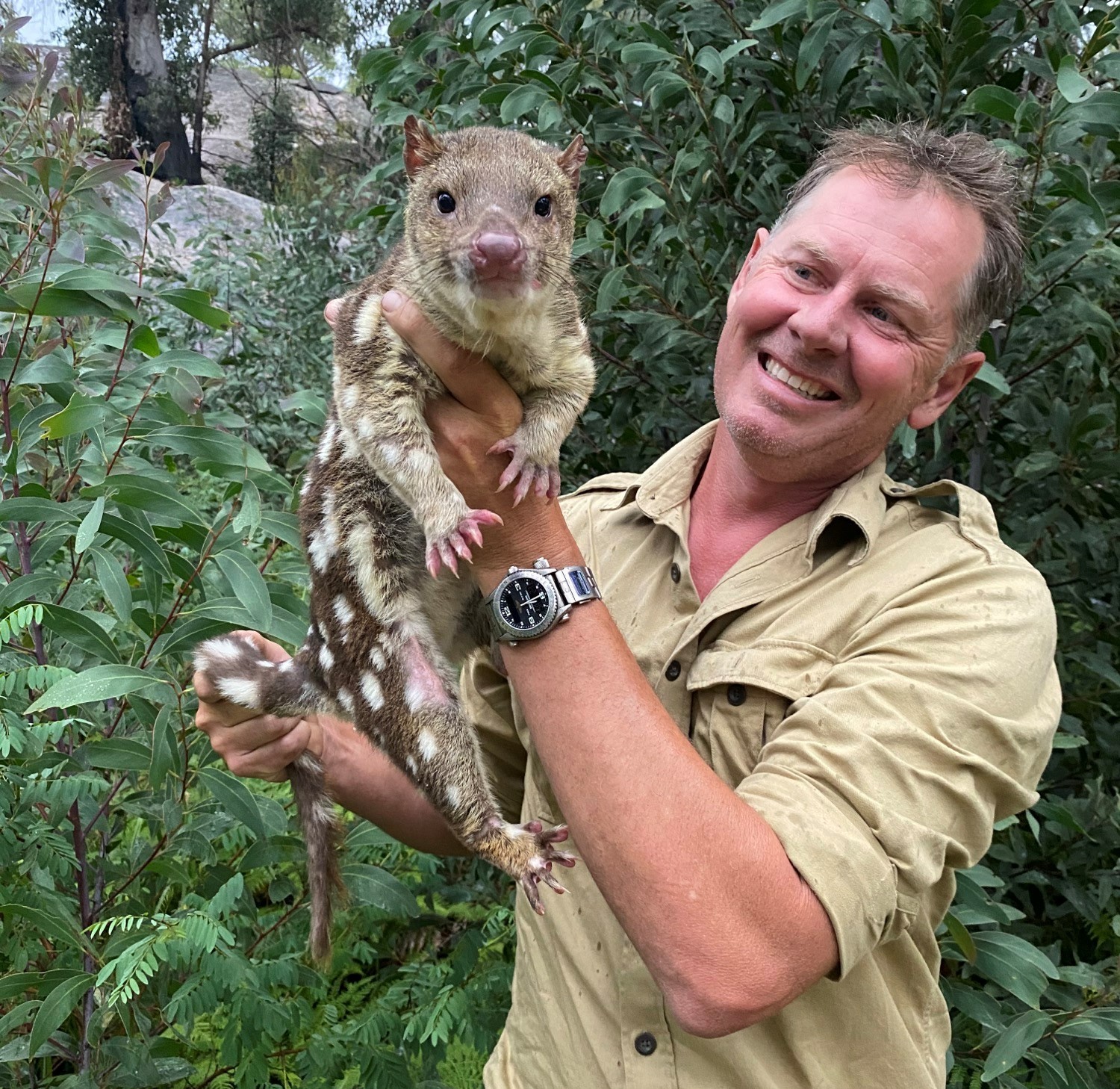
A permeable exclusion fence keeping wild dogs out and allowing spotted-tailed quolls to freely come and go from a conservation area is helping the endangered native species population rebuild.
The spotted-tailed quoll is Australia’s apex mainland marsupial predator but the charismatic species has been threatened by several processes including wild dog predation.
In 2020, the Threatened Species Scientific Committee estimated population decline in NSW alone had exceeded 20 per cent in the preceding five years to an overall population of less than 2,500 animals.
In 2001, conservationist Steve Haslam founded Quoll Headquarters – a 160ha nature reserve near Tenterfield in northern NSW – with the sole aim of protecting the threatened species.
A constant regime of habitat management and monitoring, feral animal control, weed control, fire management and habitat restoration have been vital in maintaining a healthy and balanced environment within the reserve.
Today, the reserve has increased biodiversity by protecting 16 identified mammals, 91 birds, 21 reptiles and seven amphibians.
Fence excludes wild dogs and feral pigs
Key to the success of the reserve is a 1.8m high, 5km long exclusion fence encompassing 160ha with the first phase designed to free the property of wild dogs and feral pigs.
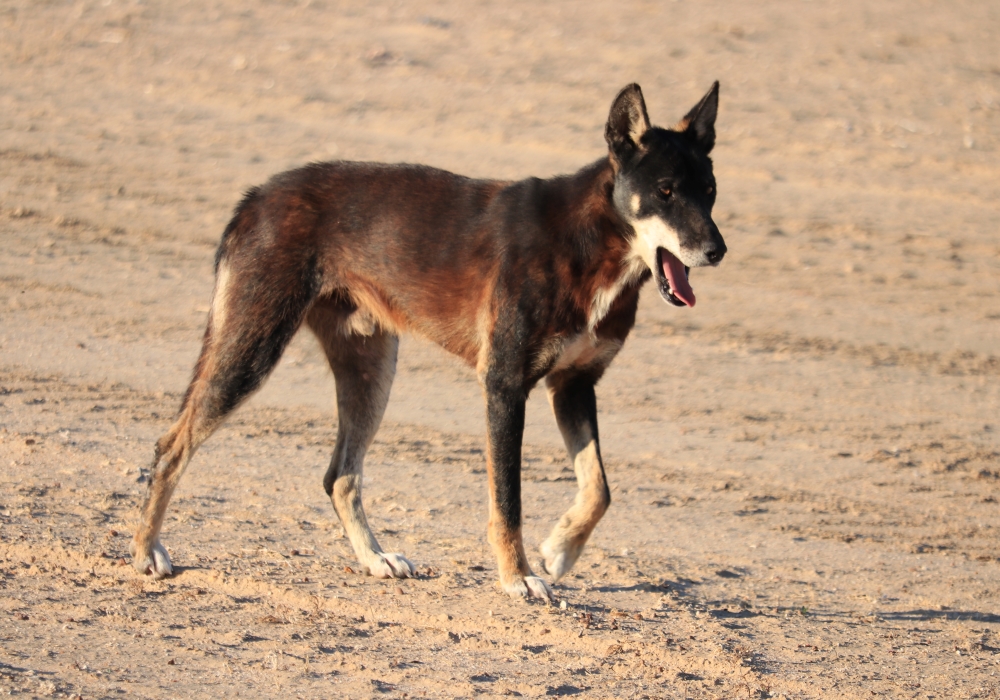
Mr Haslam said wild dogs, which he considers to be any free-roaming dogs – dingoes and their hybrids – were having a devastating impact on the wildlife and the feral pigs were damaging the landscape.
He said the fence at Quoll Headquarters was an Australian first in conservation with the quolls within the reserve being 100 per cent wild, able to come and go from the reserve at any time.
Built of non-combustible materials and with a firebreak on each side, the exclusion fence survived the devastating 2019 bushfires intact.
Mr Haslam worked on the fence design with the Biodiversity Conservation Trust and the University of Queensland to accommodate the large home ranges of the quolls, which is around 500ha for a mature male.
“The fence keeps out the wild dogs and feral pigs whilst the quolls can still come and go as they wish so they can utilise their large home range,” he explained. “This is compared to most conservation fences which are completely non-permeable and no animals can get in or out.”
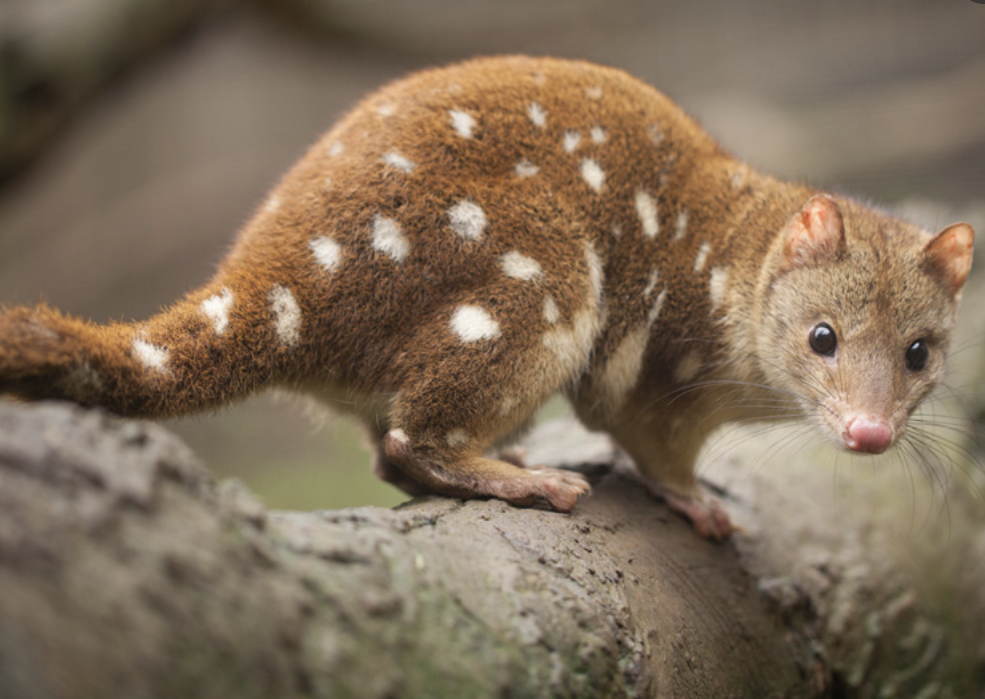
Predator management inside the fence included a 1080 baiting program for foxes and cats.
“I monitor the predator movement on the outside of the fence and every single night we have pressure on the fence from either wild dogs or pigs,” Mr Haslam said.
“The conservation outcomes of the fence have been phenomenal, and it has completely changed the landscape on the inside including the way the animals behave without wild dogs in the ecosystem.
Steve Haslam, conservationist and founder of Quoll Headquarters.
“Not only are wild dogs a dominant introduced carnivore that predates on almost any living marsupial, reptile, bird or amphibian it comes across, they also play a much more sinister role in the ongoing conservation fight for our native carnivores.”
Wild dogs regularly compete with the quolls for food and kill them without eating them.
Mr Haslam said before the installation of the conservation fence joey quolls were being mauled and left by wild dogs.
1080 baits benefit conservation
Mr Haslam is a supporter of 1080 baiting control for introduced predators including dingoes and wild dogs.
He said there were misconceptions circulating about the impact of 1080 baiting on native quoll populations.
“Unfortunately, people don’t have a really good understanding of what 1080 is. Some think it is brewed up in a cauldron in a lab, but it is actually a native plant species that has been in contact with our biota for centuries. It really is a fabulous conservation tool.”
Keep an eye out for a Special Report on wild dogs in the September/October edition of The Farmer magazine and read about a 742km wild dog fence in the Western Division here.


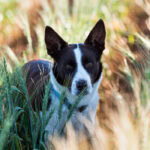
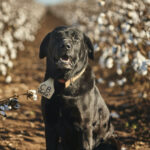
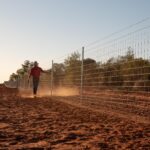



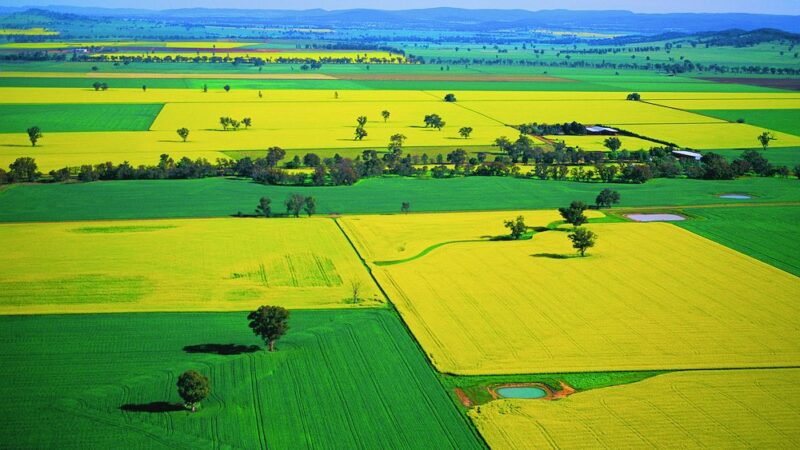
The wild dog fence has played a crucial role in protecting the endangered Spotted species, making a significant impact in their conservation efforts and giving hope for their survival.